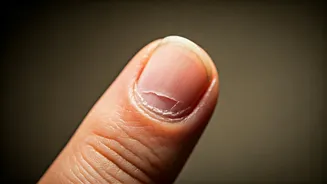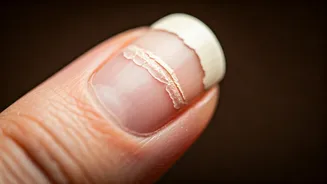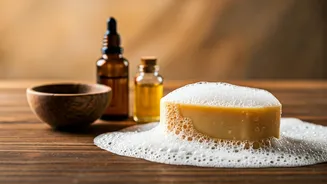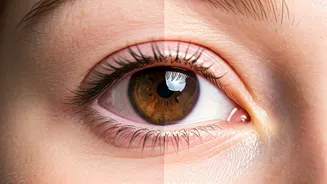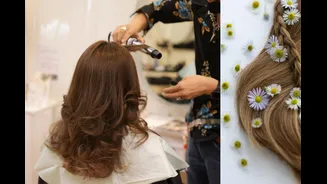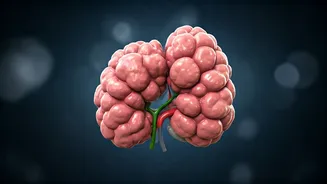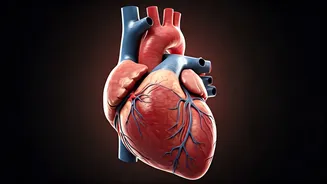Identifying the Issue
Peeling nails, also called onychoschizia, can arise from various factors, spanning from environmental damage to underlying health problems. Common causes
include frequent exposure to water, harsh chemicals in nail products, and physical trauma, such as aggressive filing or biting the nails. Moreover, nutritional deficiencies, particularly a lack of vitamins and minerals, could be a contributing factor. Certain medical conditions, like thyroid problems and psoriasis, can also manifest as nail peeling. Understanding the potential causes helps in effective treatment, and addressing these issues promotes nail strength and health. It is essential to recognize the different reasons, from daily habits to health conditions, to ensure proper nail care. Nail health provides insights into overall well-being, underlining the need to address any concerns. If peeling persists, it's advisable to consult a healthcare professional for accurate diagnosis and personalized guidance.
Medical Issue Insights
Several medical conditions can cause or contribute to peeling nails. Thyroid disorders, whether hypothyroidism (underactive thyroid) or hyperthyroidism (overactive thyroid), can affect nail growth, leading to brittleness and peeling. Psoriasis, a chronic autoimmune condition, commonly affects the skin and nails, causing pitting, thickening, and separation from the nail bed. Iron deficiency anemia often manifests as spoon-shaped nails, and also makes them weak and prone to peeling. Other conditions, like fungal infections (onychomycosis), also cause nail changes that include peeling, discoloration, and thickening. It's crucial to consult a doctor if nail peeling persists, especially if accompanied by other symptoms, to obtain a diagnosis and treatment plan. Addressing the underlying medical issue is essential for restoring nail health and preventing future issues. Early detection and treatment can help manage these conditions, improving both nail appearance and overall well-being.
Effective Remedies
Several strategies can help manage and alleviate peeling nails. Keeping nails moisturized is essential; regular application of hand cream or cuticle oil helps prevent dryness, which is a major contributor to peeling. Avoiding harsh chemicals and nail treatments, such as gel manicures and acrylics, minimizes damage. Trimming nails regularly and avoiding aggressive filing techniques also reduces peeling. Incorporating a balanced diet with essential vitamins and minerals, particularly biotin, may improve nail strength. In some cases, supplements like biotin can be beneficial, after consulting with a healthcare professional. Medical treatments, like antifungal medications, are sometimes necessary if a fungal infection causes the issue. Consulting a dermatologist for personalized advice is recommended to identify the best course of action for your specific situation. Adopting these remedies can significantly reduce peeling, promoting healthier, stronger nails. Proper care and preventive measures contribute significantly to long-term nail health and beauty.
Preventative Measures
Implementing preventive measures is key to maintaining healthy nails. Wearing gloves during activities involving water or chemicals protects nails from damage. Using gentle nail care products, such as acetone-free nail polish removers, minimizes the risk of harm. Keeping nails at a moderate length, trimming them regularly, and avoiding biting or picking at them are also important. Maintaining a balanced diet rich in vitamins and minerals, especially biotin, promotes nail health. Staying hydrated is also very crucial, because dehydration can make nails dry and brittle. Regularly checking nails for any changes in appearance or texture allows for early detection of potential problems. Following these practices not only prevents peeling but also contributes to overall nail health and resilience. Proactive nail care helps keep them looking attractive and free from issues. These strategies safeguard nail health for the long term.
